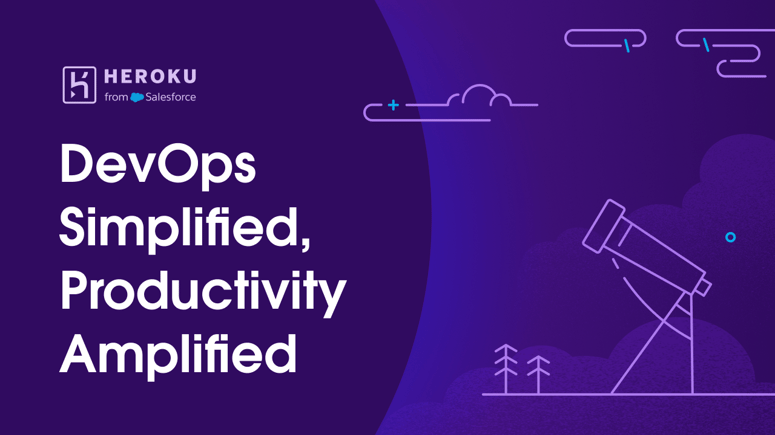Building Scalable Applications with Node.js
Scalability is a critical factor in modern web development. As applications grow, they must handle increasing traffic, data, and user demands without compromising performance. Node.js, with its non-blocking, event-driven architecture, is an excellent choice for building scalable applications. In this guide, we'll explore best practices for scaling Node.js applications, covering architecture, performance optimization, and deployment strategies.
Why Node.js for Scalability?
Node.js is built on Chrome’s V8 JavaScript engine and uses an event loop to handle asynchronous operations efficiently. This makes it ideal for I/O-heavy applications like APIs, real-time services, and microservices. Key advantages include:
-
Non-blocking I/O – Handles multiple concurrent requests efficiently.
-
Single-threaded with Event Loop – Reduces overhead compared to traditional multi-threaded servers.
-
NPM Ecosystem – A vast library of modules to accelerate development.
Best Practices for Scalable Node.js Applications
1. Use a Modular Architecture
Breaking your application into smaller, independent services (microservices) improves scalability. Instead of a monolithic structure, use:
-
Microservices – Deploy services independently (e.g., Auth Service, Payment Service).
-
API Gateway – Manage requests between clients and microservices (e.g., Express Gateway).
javascript
Copy
Download
// Example: A simple Express microservice const express = require('express'); const app = express(); app.get('/api/products', (req, res) => { res.json([{ id: 1, name: "Product A" }]); }); app.listen(3000, () => console.log('Product Service running on port 3000'));
2. Optimize Database Performance
Database bottlenecks are common in scalable apps. Solutions include:
-
Caching – Use Redis to cache frequent queries.
-
Database Indexing – Speed up read operations.
-
Read Replicas – Distribute read queries in SQL databases.
javascript
Copy
Download
// Using Redis for caching const redis = require('redis'); const client = redis.createClient(); app.get('/api/data', async (req, res) => { const cachedData = await client.get('cachedData'); if (cachedData) return res.json(JSON.parse(cachedData)); const dbData = await fetchDataFromDB(); client.setEx('cachedData', 3600, JSON.stringify(dbData)); res.json(dbData); });
3. Load Balancing
Distribute traffic across multiple Node.js instances using:
-
NGINX – A reverse proxy for load balancing.
-
Cluster Module – Utilize multiple CPU cores.
javascript
Copy
Download
// Using Node.js Cluster Module const cluster = require('cluster'); const os = require('os'); if (cluster.isPrimary) { os.cpus().forEach(() => cluster.fork()); } else { require('./server'); // Your Node.js server }
4. Horizontal Scaling with Containers
Deploy Node.js apps in containers (Docker) and orchestrate them with Kubernetes for auto-scaling.
dockerfile
Copy
Download
# Dockerfile Example FROM node:18 WORKDIR /app COPY package*.json ./ RUN npm install COPY . . EXPOSE 3000 CMD ["node", "server.js"]
5. Use a CDN for Static Assets
Offload static files (images, CSS, JS) to a Content Delivery Network (CDN) like Cloudflare or AWS CloudFront.
6. Monitor and Optimize Performance
Track performance with tools like:
-
New Relic (newrelic.com)
-
Datadog (datadoghq.com)
Deploying for Scalability
Use cloud platforms that support auto-scaling:
-
AWS Elastic Beanstalk (aws.amazon.com)
-
Google Cloud Run (cloud.google.com)
-
Vercel (vercel.com) for serverless Node.js.
Monetizing Your Web Development Skills
Building scalable applications is a valuable skill. If you're looking to monetize your web development expertise, consider platforms like MillionFormula, which helps developers turn their skills into profitable ventures.
Conclusion
Node.js is a powerful tool for building scalable applications when combined with the right architecture, optimizations, and deployment strategies. By following these best practices, you can ensure your app remains performant under heavy loads.
For more in-depth learning, check out:
Happy coding! 🚀




Top comments (0)